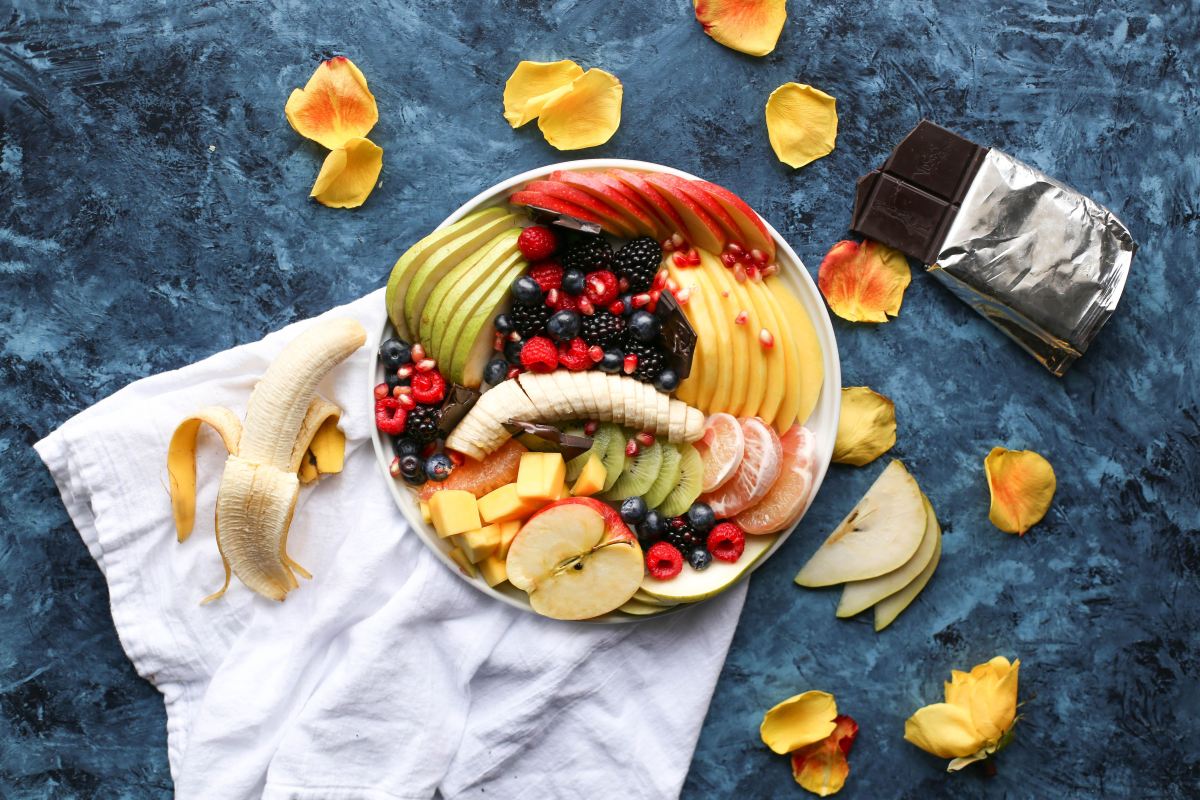
| Seasonal foods are a way of reconnecting with the organic cycle that nature intended for us. |
Counting Benefits
- The biggest tangible benefit of eating seasonally is that you’ll save money on food. When you buy what’s in season, you buy food that’s at the peak of its supply, and costs less to farmers and distribution companies to harvest and get to your grocery store.
- The next best consequence of eating seasonally is that you get the best tasting, healthiest food available. The same reason that keeps the cost of seasonal food down also drive its quality up. The food is grown closer to you so it doesn’t spoil on its trip, it’s harvested at the peak of its season (although there’s no real guarantee that it’s picked at the peak of freshness), and sold during its season, before it spoils. The inverse is true for foods that are out of season. They have to be shipped from around the world to get to you, usually picked before the peak of their flavor in order to survive the long trip (or be allowed to mature while they travel) to your local grocery store.
- Seasonal foods also have a much higher antioxidant content than non-seasonal foods. Out of Season fruits and vegetables lack proper nourishment. If you harvest something early so that it can endure a long distance shipping experience, it’s not going to have the full complement of nutrients it might have had. In addition, transporting produce sometimes requires irradiation (zapping the produce with a burst of radiation to kill germs) and preservatives (such as wax) to protect the produce which is subsequently refrigerated during the trip. In a research study conducted in 1997 by the Ministry of Agriculture, Fisheries and Food in London, England, notable differences were found in the nutrient content of milk in summer versus winter. Iodine content was higher in the winter and beta-carotene was higher in the summer. The Ministry discovered that these differences in milk composition were primarily due to differences in the diets of the cows. With more salt-preserved foods in winter and more fresh plants in the summer, cows ended up producing nutritionally different milks during the two seasons. Similarly, researchers in Japan found tremendous differences in the vitamin C content of spinach harvested in summer versus winter.
- The disadvantages of living in a technologically advanced period with modern day food practices have revealed themselves among us in the form of an increasing number of food intolerance and allergies, higher levels ofobesity, modern chronic diseases like type-2 diabetes and much more.
Prinsiples to Follow When Eating Seasonally
There are some overriding principles you can follow to ensure optimal nourishment in every season:
- In spring, focus on tender, leafy vegetables that represent the fresh new growth of this season. The greening that occurs in springtime should be represented by greens on your plate, including Swiss chard, spinach, Romaine lettuce, fresh parsley, and basil.
- In summer, stick with light, cooling foods in the tradition of traditional Chinese medicine. These foods include fruits like strawberries, apple, pear, and plum; vegetables like summer squash, broccoli, cauliflower, and corn; and spices and seasonings like peppermint and cilantro.
- In fall, turn toward the more warming, autumn harvest foods, including carrot, sweet potato, onions, and garlic. Also emphasize the more warming spices and seasonings including ginger, peppercorns, and mustard seeds.
- In winter, turn even more exclusively toward warming foods. Remember the principle that foods taking longer to grow are generally more warming than foods that grow quickly. All of the animal foods fall into the warming category including fish, chicken, beef, and lamb. So do most of the root vegetables, including carrot, potato, onions and garlic. Eggs also fit in here, as do corn and nuts.
If possible, grow and pick fruits and vegetables yourself – you’ll know exactly what went into growing those vegetables and you can enjoy them at their peak the day they are harvested. If gardening isn’t your thing, visit a local farmers’ market weekly. While it might not always be possible to purchase your seasonal produce locally, the next best thing is to purchase what’s in season somewhere else – and hopefully not too very far away to minimize shipping time and subsequent damage.
Ref: